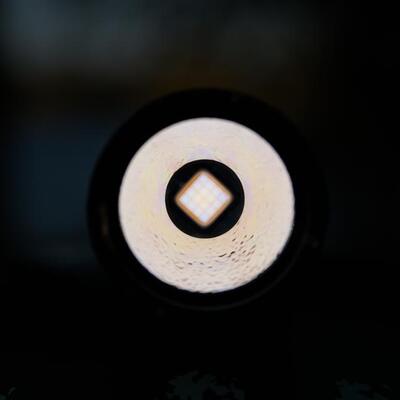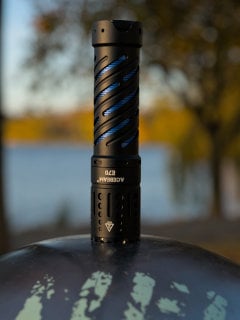Review: Skilhunt EK1 USB-C keychain flashlight
The EK1 is Skilhunt’s take on a twisty keychain light with USB-C charging and an optional high-CRI LED
https://zakreviews.com/skilhunt-ek1.html
#flashlight #flashlights #keychain #EDC #EveryDayCarry #skilhunt @flashlight
Nice informative review, particularly the disassembly and modification report. It would be nice to know of a good source for 10220 cells. I think the Olight i16 and i1r Pro also use them. The Fenix E2R also might.
I’d take exception to the statement:
The EK1 is about half the length of an AAA light, allowing it to go nearly unnoticed on most keyrings.
since the EK1 is 50.3mm long, and lots of AAA lights are in the 60-70mm range. The shortest I know of is the Skilhunt E3A at 59.5mm. So the EK1 is almost as big.
For this style of light I’ve been interested in the cheaper Trustfire Mini 2 which is 43.2mm long and uses a 10180 (this AX page is confusing since it says 10440 near the top):
https://www.aliexpress.us/item/3256805005827478.html
I think Sofirn sold this light under its own brand for a while. Really though I see too much lumenitis in all these lights. So for keychains I’ve continued to prefer the coin and button cell type.
@solrize Sofirn definitely sold a 10180 light. I don’t know if it was identical to the Trustfire, but it had a removable battery and high-CRI option (SST-20, I think).
I’d be interested to know if you can change the brightness levels by replacing sense resistors on the board. Also if you are still into testing, I wonder if you could try the low mode after the high mode has already mostly exhausted the battery.
@solrize They’re not sense resistors; they’re just resistors. There are no active electronics in this light. Changing a resistor should change the output.
Looks like a typo caused excluded the graphs, which I’ve now fixed. I think they answer the other question: output depends on battery voltage in both modes.


